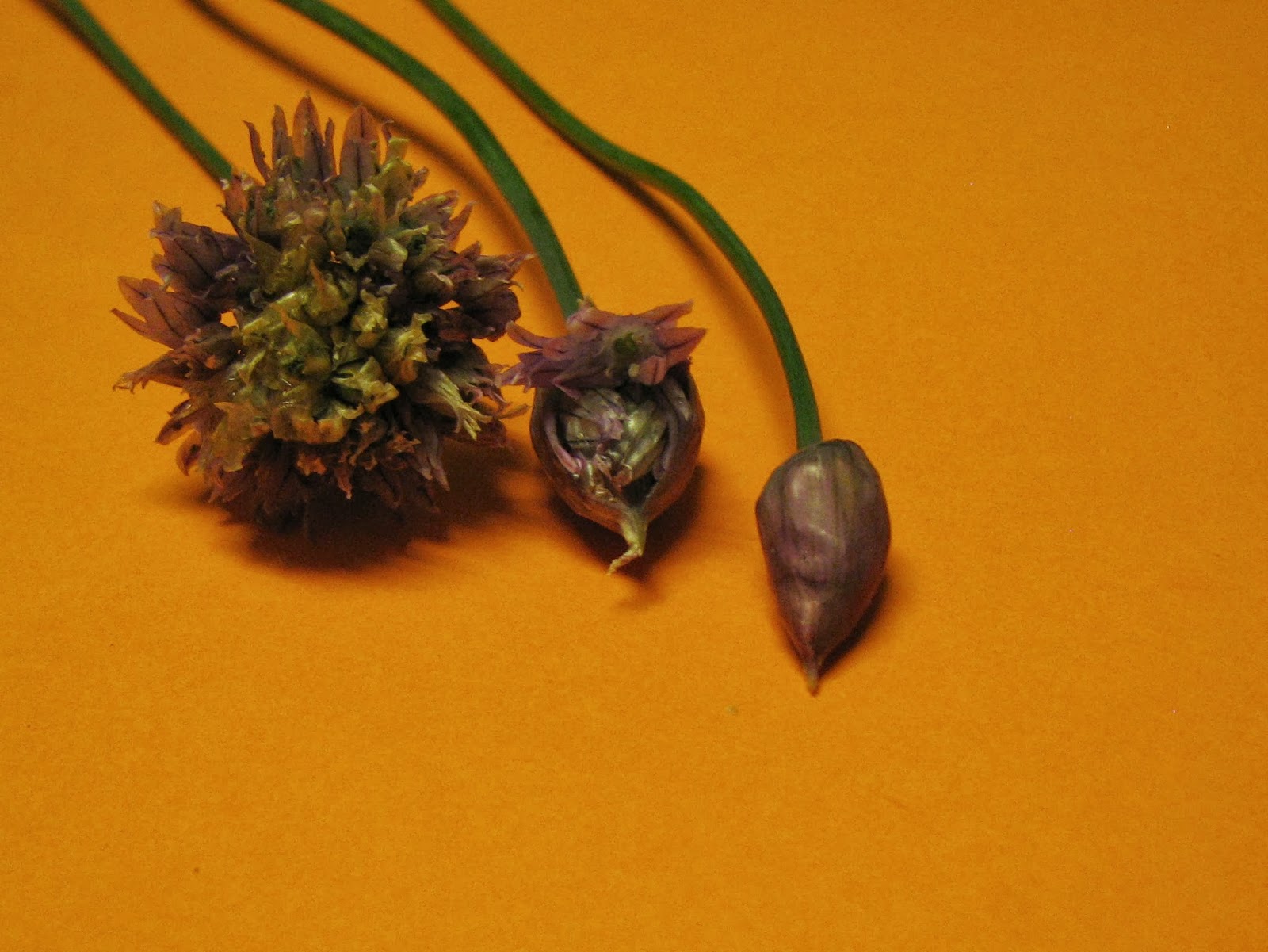A Winning Combination of heirloom tomatoes will give you flavorful, long season production and a healthy harvest for your permaculture garden. The seeds are easy to save and increase food security.
Rich, sweet, Black Cherry heirloom tomatoes are some of the earliest to ripen and produce plentiful bunches of tomatoes all season long. They are one of the largest grape-sized cherry tomatoes available.
Striped Roman heirloom tomatoes also
ripen early, producing pounds of enviable yields the entire summer.Rich, sweet, Black Cherry heirloom tomatoes are some of the earliest to ripen and produce plentiful bunches of tomatoes all season long. They are one of the largest grape-sized cherry tomatoes available.
 |
| Plate of Roman Striped and Black Cherry Heirloom Tomatoes |
It's easy to add more tomatoes to the family diet, just set these bite sized Black Cherry heirlooms on a plate for snacking, toss them into salads, or put some in a nutritious lunch to go. Don't let the small size fool you, they have the same sweet flavor as their full-sized counterparts!
The Black Cherry tomato vines will
trail along the ground unless you support them, and they grow in large clusters along
the vines.
Pick them just before they are fully ripe for best keeping.
Compared to another favorite heirloom, Black Krim, the Black Cherry and Striped Roman varieties had superior insect resistance. This year the Black Krim had a tendency to crack, giving insects easier access.
Pick them just before they are fully ripe for best keeping.
Compared to another favorite heirloom, Black Krim, the Black Cherry and Striped Roman varieties had superior insect resistance. This year the Black Krim had a tendency to crack, giving insects easier access.
Striped Roman heirloom tomatoes also
ripen early, and are all-star high producers. They have more flavor and are
slightly juicier than other Roma varieties. This is the first plant I would pick
when I needed a large volume of tomatoes for summer recipes. The skins are easy
to slice, and due to the Roma shape they make attractive tomato wedges.
Each year I experiment with
different kinds of heirloom tomatoes. Planting this year was hurried because of
a move to a new home, and all the tomatoes were transplanted twice before being
set out late in the season. I was pleasantly surprised with the performance of
these new heirloom additions.  |
| Sliced Black Cherry Heirloom Tomato |


.jpg)











